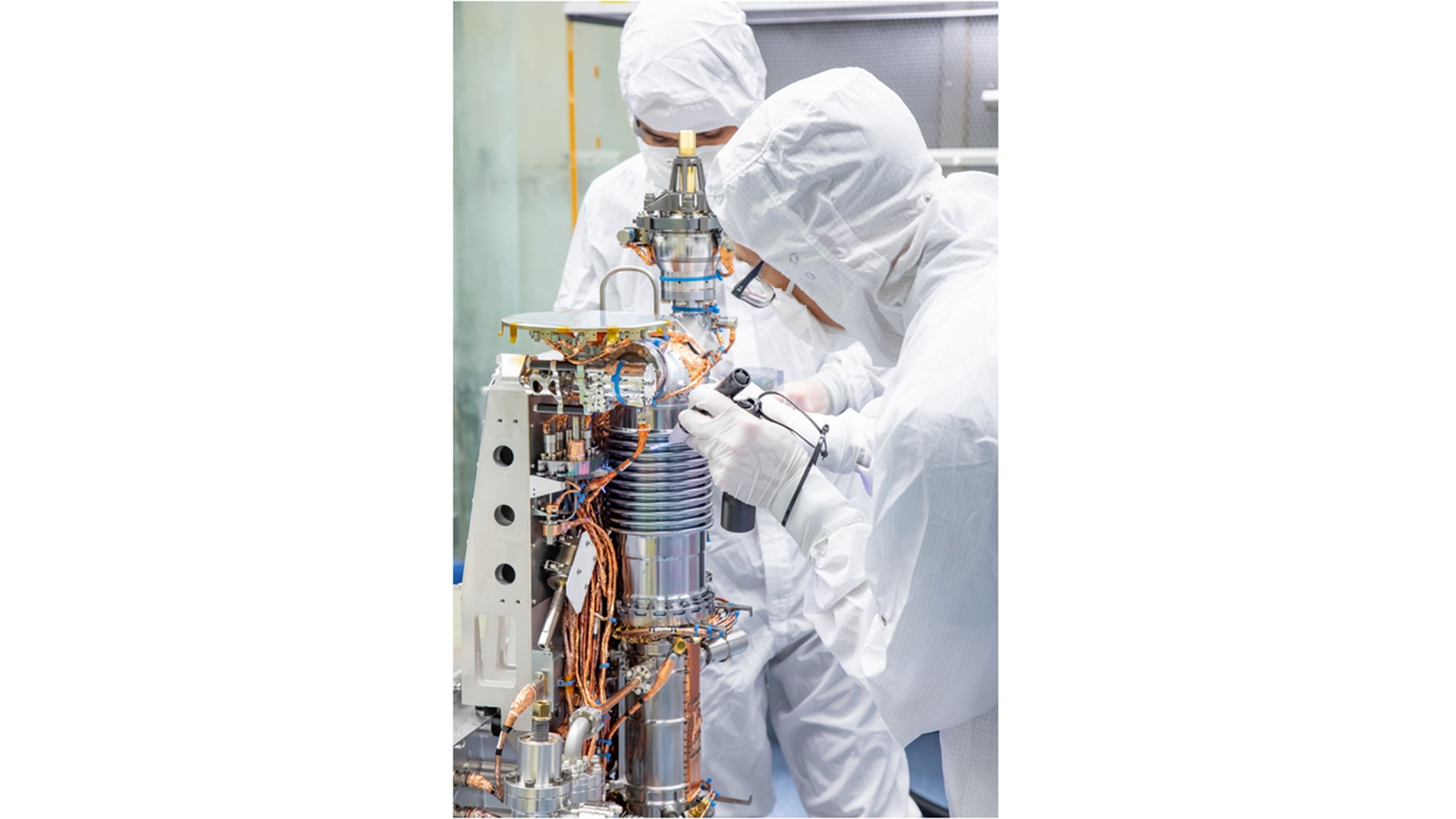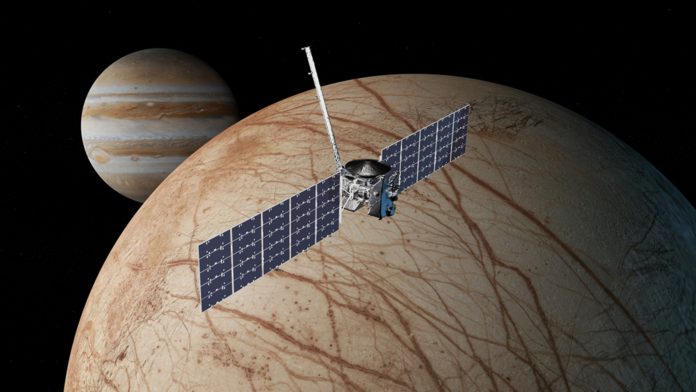The Southwest Research Institute (SwRI) has completed the construction of a groundbreaking mass spectrometer instrument called MASPEX that will now be integrated into NASA’s Europa Clipper spacecraft.
Europa Clipper is scheduled to launch in 2024, arriving in the Jovian system by 2030, where it will perform a comprehensive scientific analysis of the moon Europa, investigating whether it holds conditions suitable to support life. The spacecraft is outfitted with a plethora of advanced instruments to facilitate this goal, with the new mass spectrometer developed by SwRI being crucial to the mission’s success.
Steve Persyn, project manager for MASPEX and a program director in SwRI’s Space Systems Division, commented: “It has been a huge team effort to get this next-generation space mass spectrometer built, tested and delivered. SwRI has decades of experience designing and building instruments for space missions.”
What will the mass spectrometer perform?
The MAss Spectrometer for Planetary EXploration (MASPEX) instrument is one of nine onboard Europa Clipper’s payload, which also includes Europa-UVS, an Ultraviolet Spectrograph also developed by SwRI.
Upon arrival, Europa Clipper will orbit Jupiter, performing a series of close flybys to the icy moon. MASPEX will investigate the gases in proximity to Europa to understand the chemistry of its surface, atmosphere, and potential subsurface ocean. The mass spectrometer will also analyse how Jupiter’s radiation affects Europa’s surface compounds and how materials are exchanged between its icy surface and subsurface ocean.
MASPEX works by obtaining gas molecules from Europa’s surface and converting them into charged particles known as ions. The mass spectrometer bounces the ions up to 400 times back and forth within the instrument and, by timing their transit, measures the mass of the ions. This reveals vital information about each molecule and helps determine if the moon can sustain life.

Jim Burch, the SwRI Senior Vice President and MASPEX principal investigator, explained: “MASPEX has a mass resolution hundreds of times finer than anything that has flown to space before. SwRI has used internal funding and NASA resources to develop an instrument able to differentiate between molecules with almost identical masses based on the energy binding the atoms. It also differentiates isotopes — atoms with equal numbers of protons but a different number of neutrons. These capabilities are critical to revealing the secrets of Europa.”
SwRI’s significant contributions to space research
SwRI has pioneered a range of cutting-edge technologies that are instrumental in various space missions, including several onboard NASA’s New Horizons spacecraft to Pluto and the Kuiper Belt, the Lunar Reconnaissance Orbiter (LRO), the Juno spacecraft that is now orbiting Jupiter and ESA’s JUpiter ICy Moons Explorer (JUICE), which is scheduled to launch in 2023.
Dr Christopher Glein, MASPEX co-investigator and a planetary geochemist, concluded: “We hope to identify and fly through plumes and other sources of gas venting from cracks in Europa’s icy surface. We know microbes on Earth exploit any molecule that can serve as a food source. MASPEX is going to help Europa Clipper determine whether there is anything for microbes to eat, such as organic molecules that might be sourced from hydrothermal vents at the bottom of a deep ocean. The data from this exciting mission will give us a much richer perspective on the habitability of Europa.”









